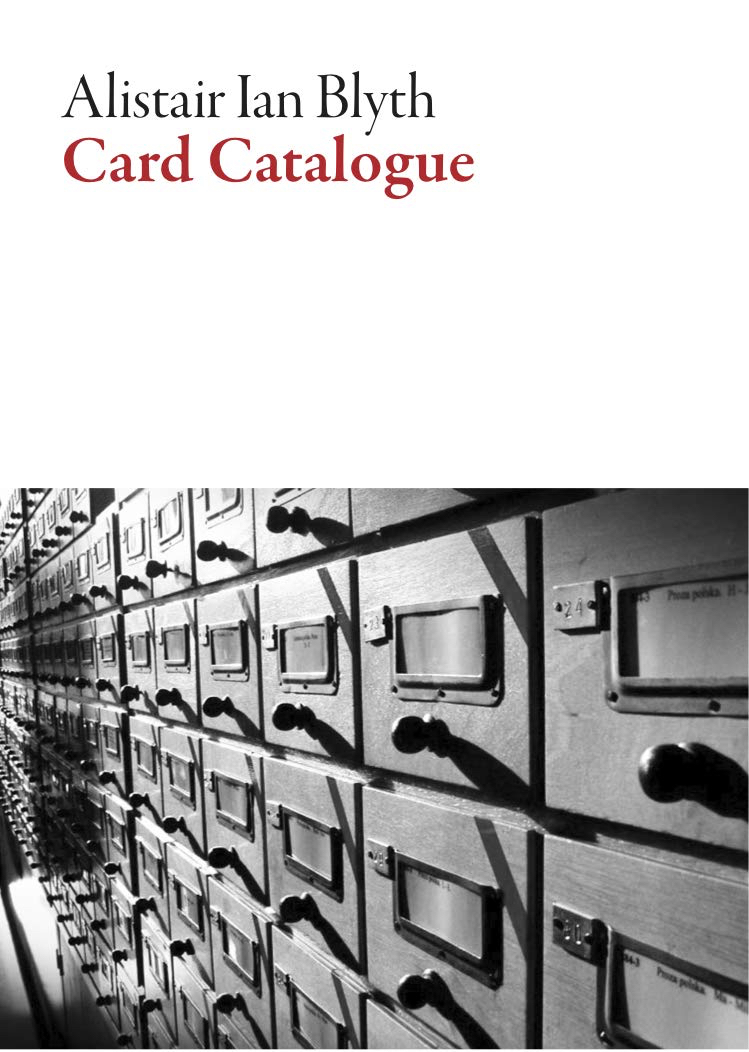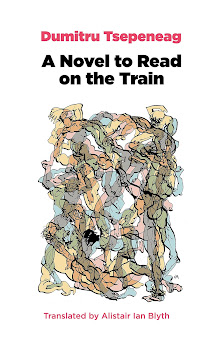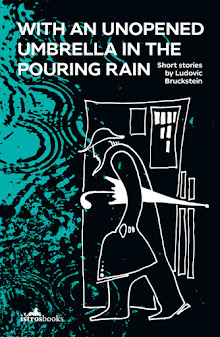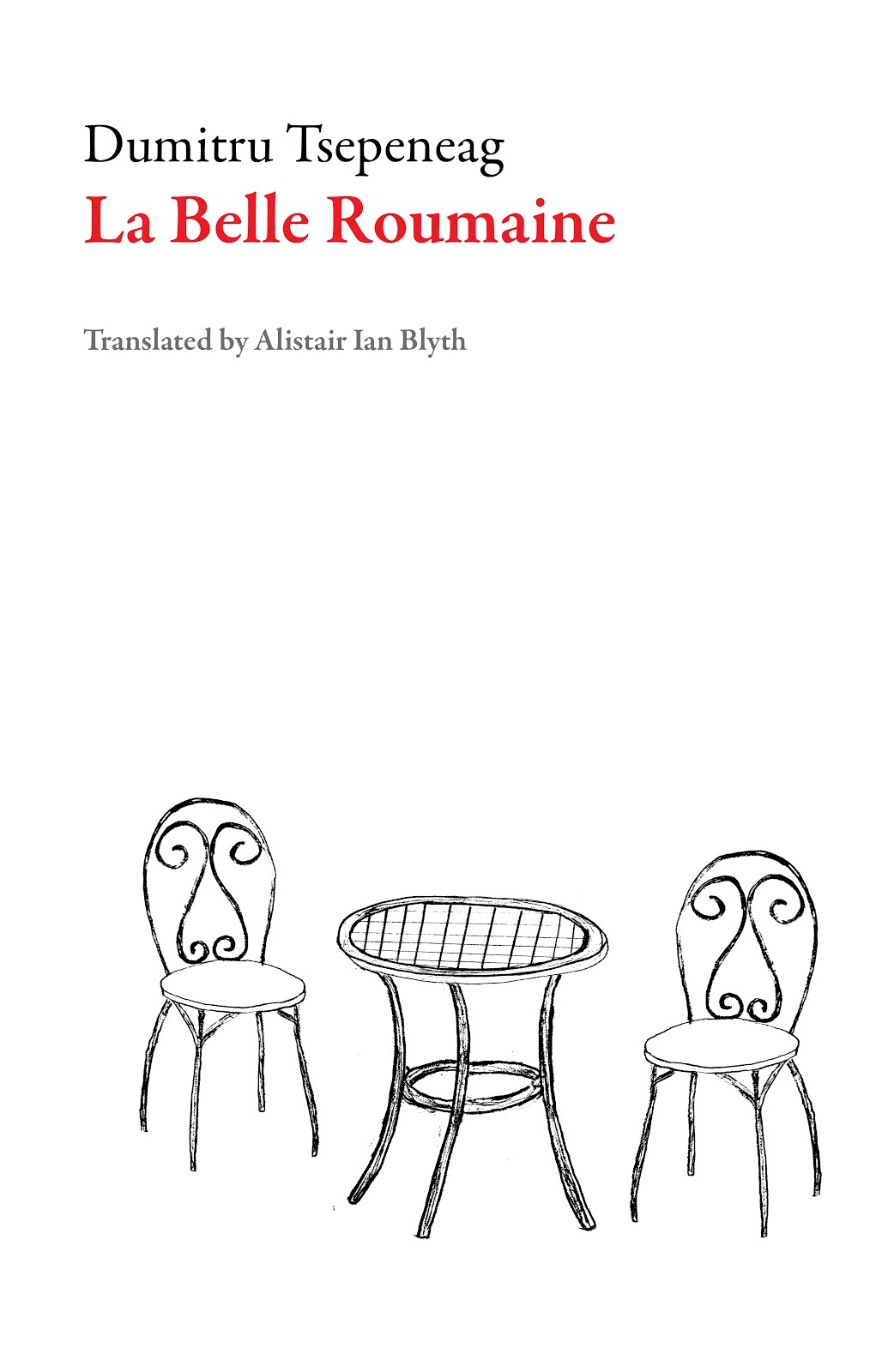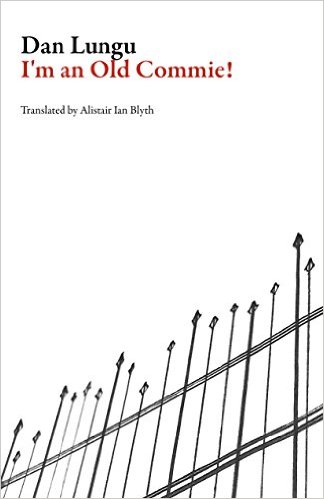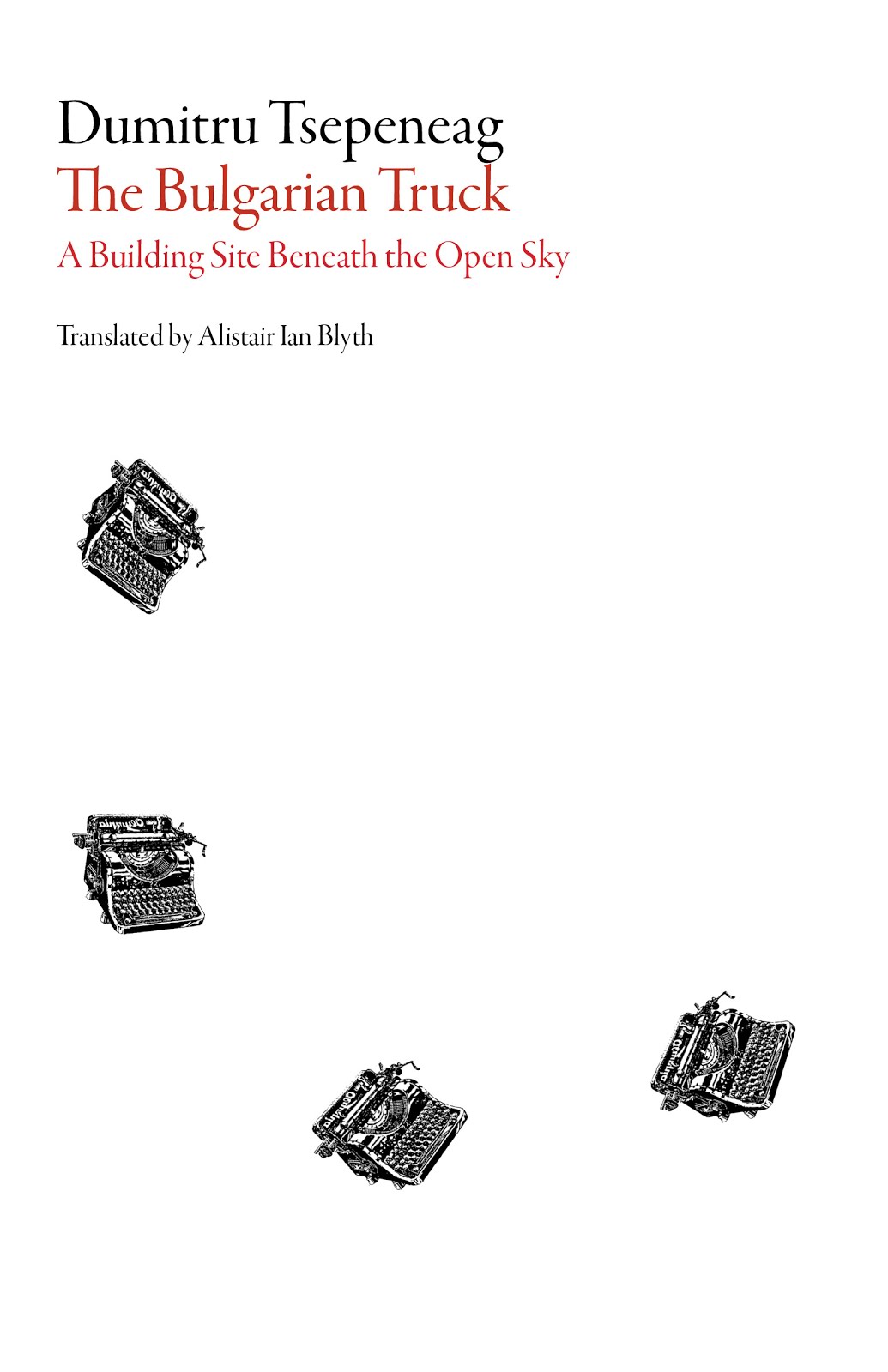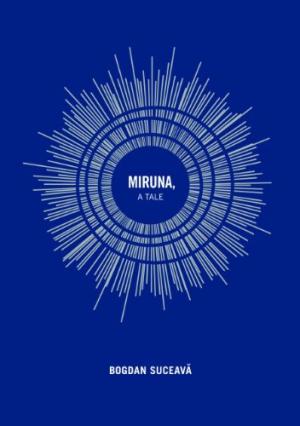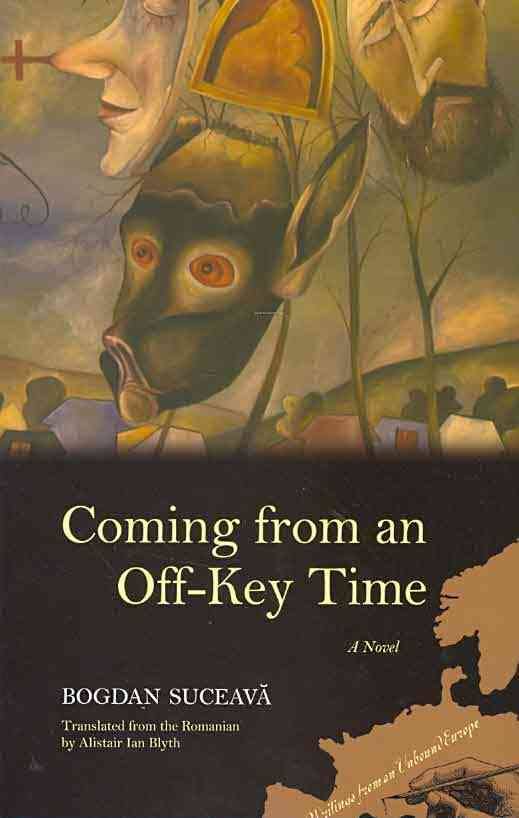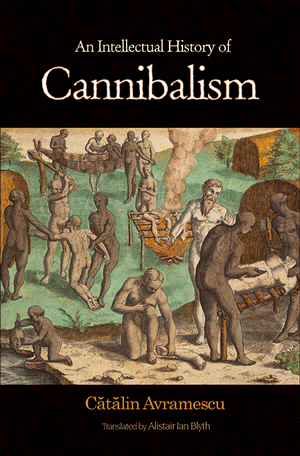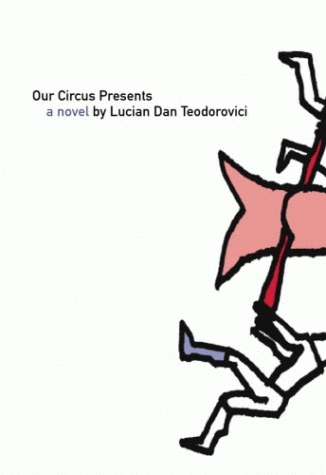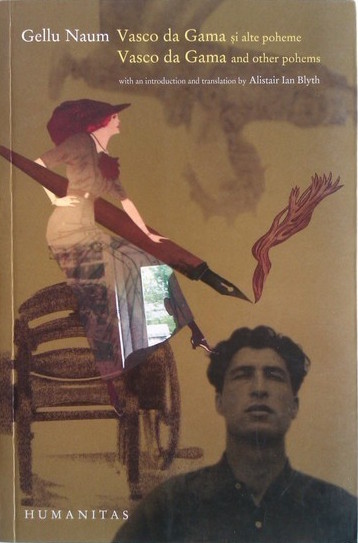Bellarmin (1) makes sweating and crowding one of the chief torments of Hell, which Lessius (2) (no doubt after an actual and careful survey,) affirms to be exactly a Dutch mile (about a league and a half English,), in diameter. But Ribera (3), grounding his map on deductions from the Apocalypse, makes it 200 Italian miles. Lessius, it may be presumed, was a Protestant, for whom, of course, a smaller Hell would suffice.
In the early part of the last century an enquiry was published by the Rev. Tobias Swinden, into the nature and place of Hell (4). The former, according to this Divine, had been accurately understood, burning being the punishment, and the duration without end; but as to the "local habitation" of the reprobate, all opinions had been erroneous. Drexelius (5) had estimated the sum total of the damned at one hundred thousand millions, all of whom, (like Lessius) he calculated might be contained within a square German mile, and not stowed closer than negroes in a Liverpool slave ship: but this appeared to the English Theologian "a poor, mean, and narrow conception both of the numbers of the damned, and of the dimensions of Hell"; for if their immateriality and compressibility were to be alleged, you might as well, he said, squeeze them at once into a common baker's oven. His ideas were upon a grander scale. There was not room enough, according to him, in the centre of the earth for "Eternal Tophet". Burnet's (6) absorpt sun he thought a much more noble idea of such a furnace of fire. But his own opinion was, that Tophet was our very Sun, which must be acknowledged by all to be capacious enough for the purpose. The time of the sun's creation is a strong reason for admitting the hypothesis, being just after the fall of the Devil and his angels. It is true that the sun is said to have been made on the fourth day; but light, and evening and morning, are mentioned as having previously existed; now these as proceeding from the sun, could not have been before it; making on the fourth day therefore can only mean putting it in motion. The darkness which is predicated of Tophet may at first, he admits, seem an objection, but it exists in the maculae, the spots of the sun, which may be deep caverns and dens, proper seats of the blackness of darkness. Upon this hypothesis, the reason why sun-worship has been found so widely extended becomes manifest; it would be as peculiarly acceptable to Satan, as serpent-worship is known to have been.
This was indeed making the souls of the wicked of some use, as Nero did the Christian when he rolled them up in tow, dipt them in pitch, and set fire to them, as torches to light up the streets of Rome. They were so many living wicks of Asbestos, fed with the inextinguishable oil of divine vengeance, that they might be burning and shining lights to the world. If Jonathan Edwards (7) had seen this book he might have adopted its hypothesis as a new proof of "the glory of God in the damnation of sinners".
With what feelings could this man have looked at the setting sun?
[Robert Southey and S. T. Coleridge], Omniana or Horae Otiosiores, Longman, 1812. No. 17 "Hell".
(1) Roberto Francesco Romolo Bellarmino (1542-1621). Italian Jesuit and Cardinal, who played a rôle in the Galileo affair.
(2) Leonardus Lessius (1554-1623). Flemish Jesuit.
(3) Francisco Ribera (1537-1591). Spanish Jesuit, who, in 1585, published a commentary on the Apocalypse.
(4) Tobias Swinden, M. A. Late Rector of Caxton in Kent,
An Enquiry into the Nature and Place of Hell. Shewing I. The Reasonableness of a Future State. II. The Punishments of the next Life. III. The several Opinions concerning the Place of Hell. IV. That the Fire of Hell is not metaphorical, but real. V. The improbability of that Fire's being in, or about the Center of the Earth. VI. The probability of the Sun's being the Local Hell, with Reasons for this Conjecture; and the Objections from Atheism, Philosophy, and the Holy Scriptures Answered. With a Supplement, wherein the Notions of Abp. Tillotson, Dr. Lupton, and Others, as to the Eternity of Hell Torments, are impartially represented. And the Rev. Mr. Wall's Sentiments of this learned Work. The Second Edition. London: Printed by H. P. for Tho. Astley, at the Dolphin and Crown in St. Paul's Church-Yard, 1727.
(5) Jeremias Drexel (1581-1638). Bavarian Jesuit. He calculates the volume of Hell in
Infernus damnatorum carcerus et rogus (1623), the second part of his work on eternity,
De aeternitate considerationes.
(6) Thomas Burnet (1635-1715). English theologian and cosmogonist.
(7) Jonathan Edwards (1703-1758). American preacher and theologian.




